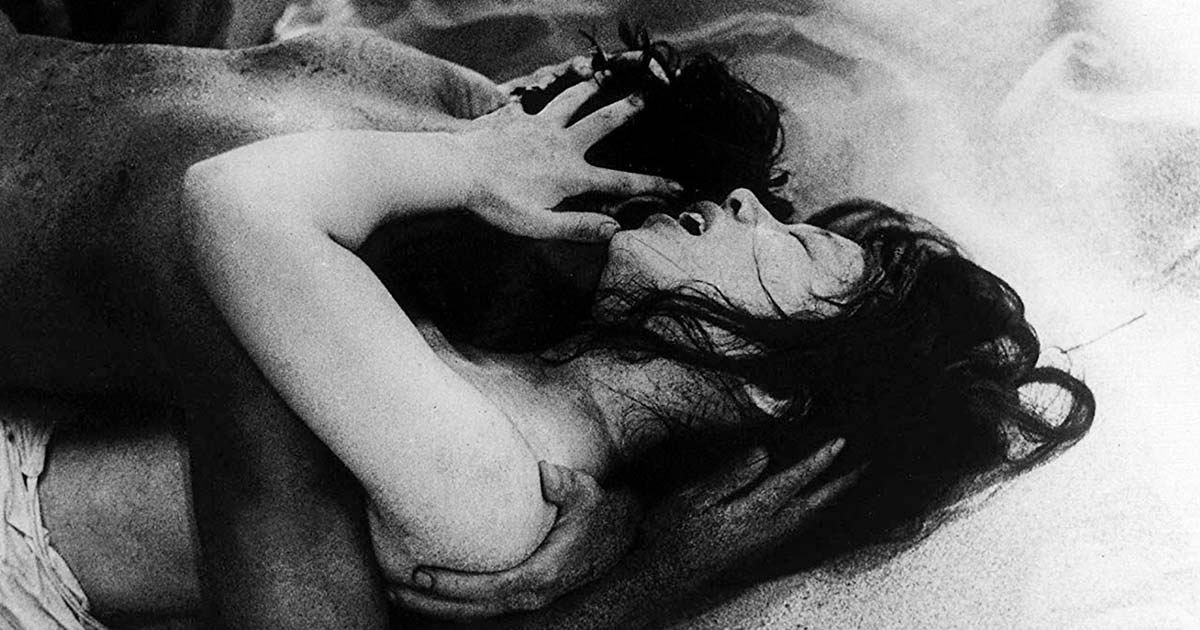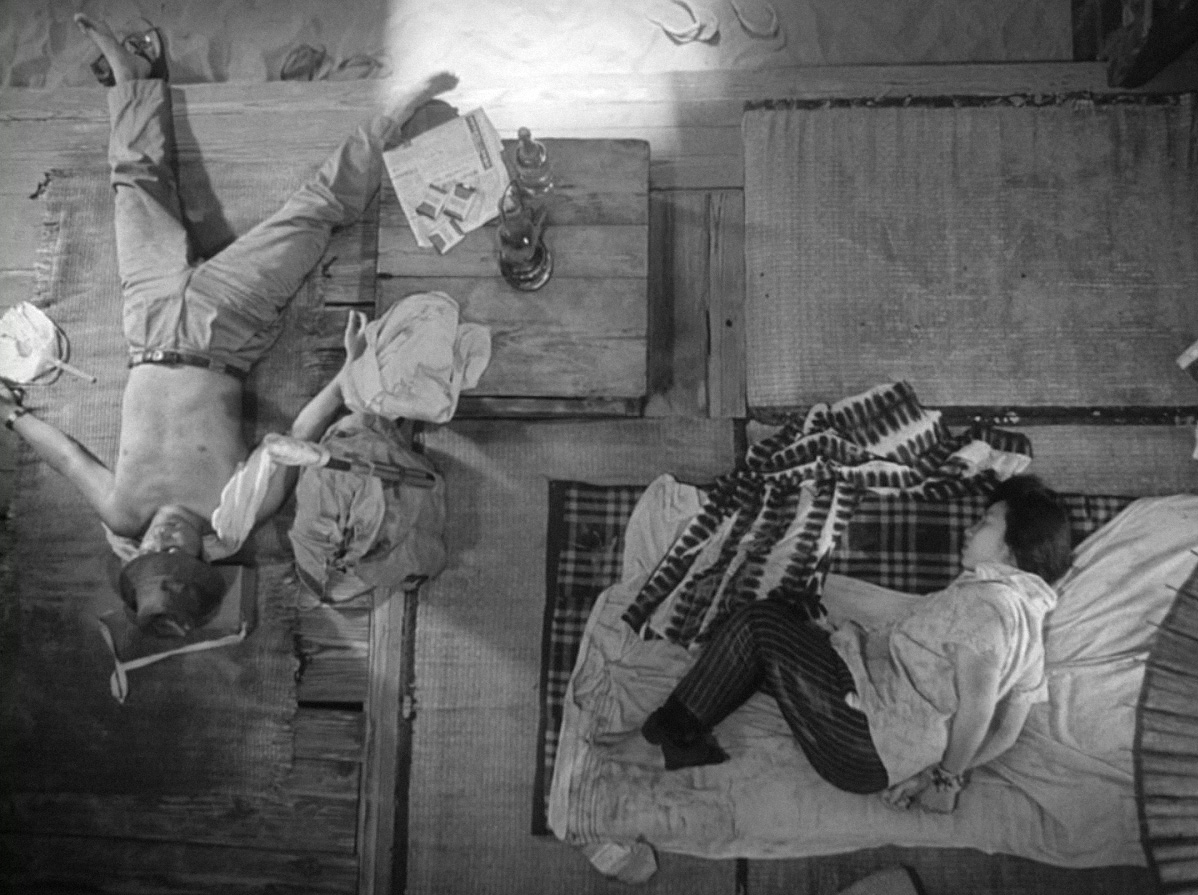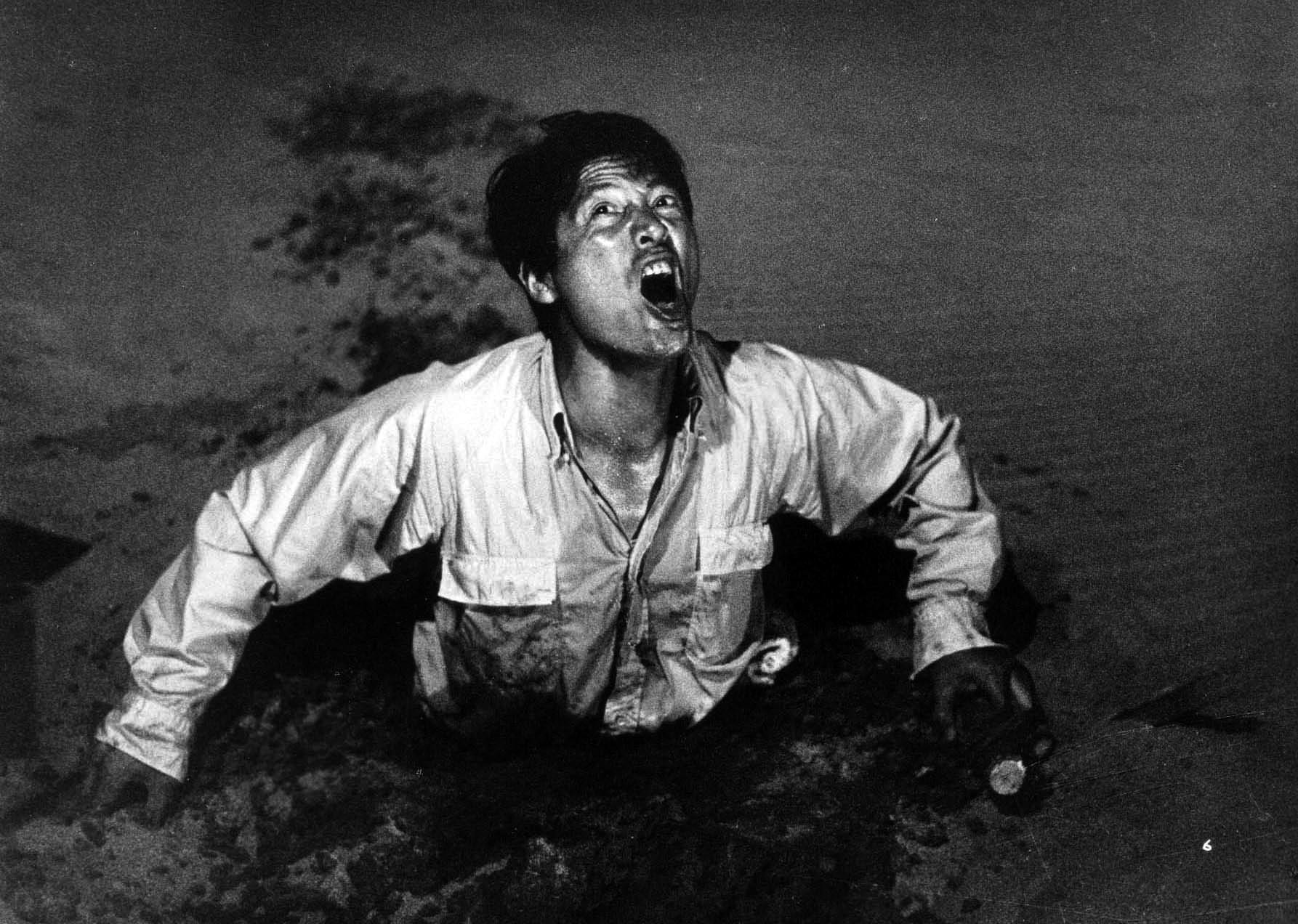
The Woman in the Dunes
Hiroshi Teshigahara
Photo credits: Letterboxd
20th May 2020
Woman in the Dunes is a Japanese New Wave film directed by Hiroshi Teshigahara. It is perhaps the most Kafkaesque film I’ve ever seen. The incongruous plot and fascinating use of lighting and compositions make this one of the greatest achievements in experimental cinema.
Junpei, an amateur entomologist and schoolteacher, leaves Tokyo for a short trip to study species of sand insects found in sand dunes. However, on his way back to Tokyo he misses the last bus, so the villagers persuade him to stay for one night. Junpei agree without suspicion and is guided down a sand dune by a rope ladder, where he stays the night with a young widow in her hut.
The next morning, he realises that the rope ladder is gone. What happened? As Junpei struggles to escape the god-forsaken sand prison, he very quickly finds himself helplessly trapped. He is forced to engage perpetually in the meaningless act of removing sand from the pit… yet he finds no answers, no consolation, no escape from this Sissyphian ordeal. He moves franticly in the enclosed space, yet he moves nowhere.

Photo credits: HIGHON FILMS
The black and white composition is masterfully created. The textures of the sand is somewhat hypnotic – who would have thought that sand could look so enchanting? The close-up shots of sand sticking on the sweat layered surface of their bodies forces you to feel the discomfort and slowness of time.
The situation is humorous and frustrating at the same time. After days of struggling and plotting, Junpei resigns himself to the comedic punishment... but somehow, he is transformed into Camus’ Sisyphus, smiling as he lifts the boulder amidst the Absurd.
The plot is strange and ridiculous, but that in no way detracts from the film itself. It is one of the most unique films that I’ve seen and definitely pushed the boundary of what I thought was possible with film. A recommendation for those interested in Japanese New Wave or experimental cinema.

Photo credits: ELECTRIC LIT